A computer program has been created that can ‘paint’ molecules in the style of Piet Mondrian – a Dutch artist known for his unique and simple artworks. The researchers hope that both artists and scientists will appreciate this novel visual representation of molecular structure demonstrating a development in the interface of the two disciplines.
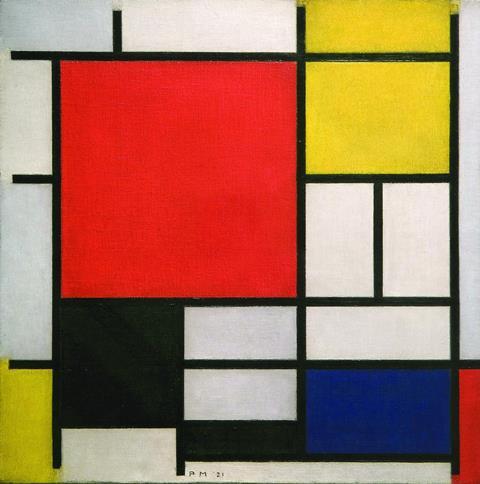
Mondrian’s art can be instantly recognised by blocks of primary colours separated by black lines on a white background. His art not only inspires modern culture but has fascinated scientists for decades – his involvement of symmetric elements is highly reminiscent of scientific plots.
Scientists from Trinity College Dublin designed the new program to highlight the beauty of molecular structure but also pose questions about the form and function of the molecules themselves. The program follows an algorithm that combines chemistry principles that govern the 3D structure of a molecule based on its components with the 2D style of Mondrian.
The ‘paintings’, which are unique for each molecule, provide a tool to assess molecular symmetry, providing deeper scientific insights into molecular modelling and crystal features. The algorithm was let loose on porphyrins as they are familiar molecules with their shape and symmetry playing an important role in their chemical properties.
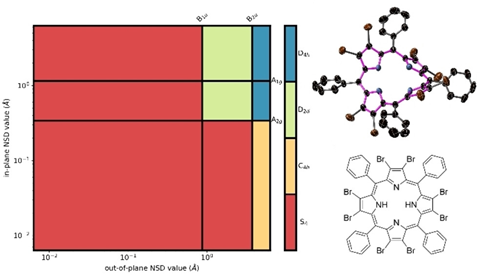
The team hope that this new perspective at the nexus of art and science can help researchers better distinguish how shape and properties of molecules are related and inspire artists to incorporate scientific ideas into their work. Future work will focus on similar representations to communicate the intricate shape of molecules, as well as integrate this new analysis into popular crystallography programs.


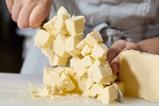

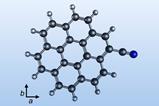
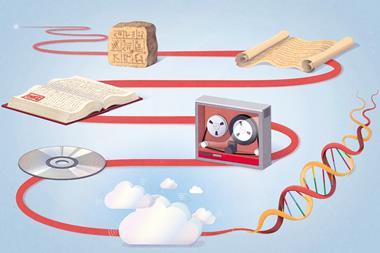
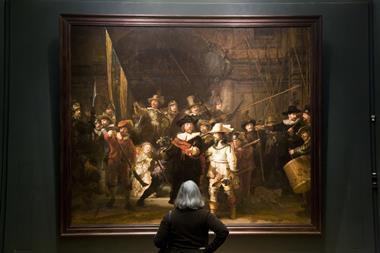










No comments yet